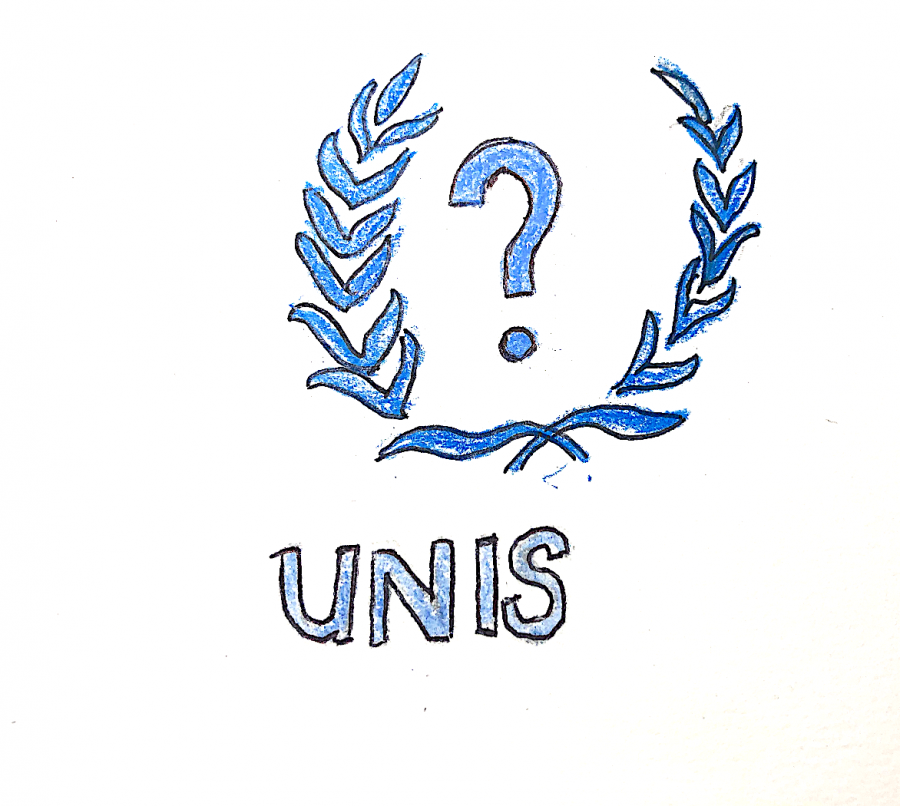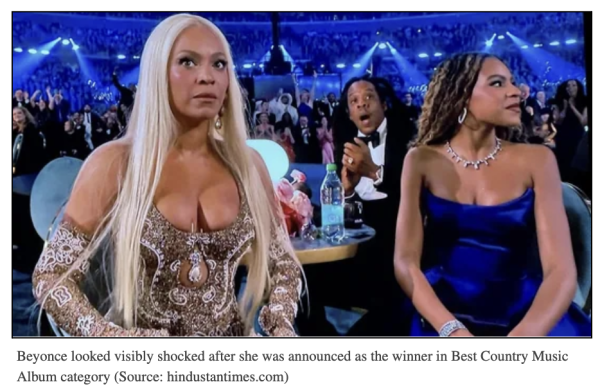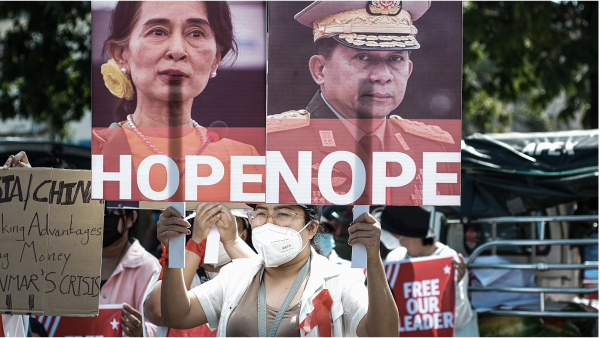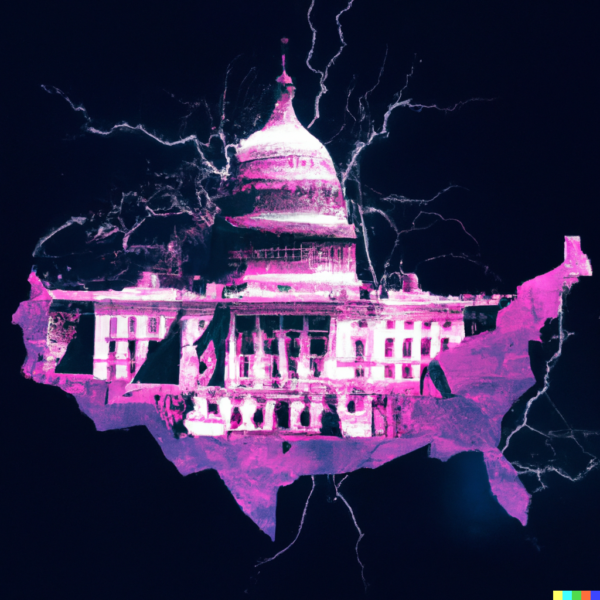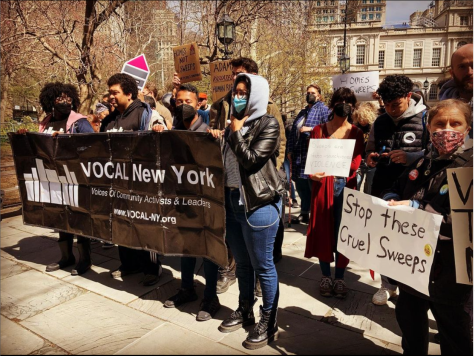How Well Connected Are We to the UN?
When the United Nations headquarters were established in New York in 1945, new employees from all over the world faced a personal problem: what to do with their children. The children often didn’t speak English, so they would have trouble integrating themselves in an English-speaking public school. Bilingual schools such as the Lycée Français already existed, but the UN salary did not cover the expensive tuition. Parents also wanted their children to preserve their diverse cultural heritage and be a part of the international community they were working for. So in 1947, UNIS was established.
As UNIS celebrates its 73rd anniversary this year, it remains a “center of international understanding,” as per a Belgian UN delegate. The student body represents 110 countries and 96 spoken languages, and the faculty represents 69 countries. UNIS’s multilingual, multinational, multicultural student body and faculty are a source of great pride for the school.
This, and many more privileges that are afforded to UNIS, making it a unique school, are a result of UNIS’s relationship with the UN. And on the surface, UNIS seems to be the perfect UN school, reflecting its values and goals and being strongly connected.
However, I and many others of the UNIS community have noticed things that challenge this perception, giving rise to the question: How connected has UNIS really remained to the UN?
The Sustainable Development Goals (SDGs) and UN-related quotes can be seen throughout the building, but they mean little to students if they aren’t adequately discussed. Hoping that the posters, drawings, and quotes around the school imprint their knowledge onto the students through sheer repetition is like sleeping with a textbook under your pillow the night before a test and hoping that the information will seep into your brain. The UN’s knowledge and influence that UNIS should have internalized is important, and it is currently receiving insufficient attention. UNIS must take a more proactive approach.
To be fair, UNIS has been trying. One example of this are efforts of the Parent Association’s Bridge2UN Committee, co-chaired by Ms. Hong Xiao and Ms. Maija Tippana, which aims to strengthen UNIS-UN ties.
In an interview, Ms. Xiao explained how the previous administration had not been so keen on strengthening the ties between UNIS and the UN, and the committee was unable to take significant action to further this goal. But this changed under the new administration led by Dr. Brenner, and through existing ties UNIS had with the UN through the administration, the Event Planners, and the UNIS parents.
As such, a new wave of UN influence has begun to break over UNIS. The committee has supported initiatives from the Junior school to the Tut House, reevaluating the curriculums and collaborating with teachers to include more discussions about the UN. For Tut House students, these efforts can be seen in advisory sessions about the SDGs and the seminars and webinars from UN personnel. Although Ms. Xiao was reluctant to take the credit for this change, instead attributing it to the “three-pronged approach,” she stated that the connection between the UN and UNIS has definitely improved, and it will continue to improve as this collaboration continues to set solid foundations for further change.
However, although there has been improvement, these positive initiatives haven’t always had the intended effect. One student says that by discussing the SDGs and UN values during Advisory, UNIS is moving in the right direction, but that they are discussed “in a blunt, straightforward manner which makes students not want to listen and participate in the conversation.” Because of this, no matter how important the discussions are, most students don’t retain what they’re supposed to.
UNIS should not bear all the blame: the opportunities are there, and it is the students who are not taking them. However, a change in mindset is unlikely to come from the student body, and so it must start with the administration. You can force attendance through disciplinary measures, but in the world of online school, a student can easily leave his computer open and play Call of Duty. To ensure these initiatives have a meaningful impact, the students need an incentive to pay attention.
But here’s the thing: the incentives are there, they’re just not being communicated well. One such incentive is to connect what we are learning in class to the subjects discussed by the speakers. For example, in my history class this year, we studied development, which ties in with the UN Development Program’s Human Development Report (HDR). Coincidentally (or not), Pedro Conceição, the head of the HDR recently gave a webinar to T2 students on inequality and the HDR. Being able to study something, and have the person in charge of it present directly to you about it is a huge privilege. However, in the days leading up to it, there was no mention of how closely this webinar was related to what we had been studying, and while some students made the connection, many others didn’t, and so the incentive was rendered useless and many missed out on an enriching experience. In addition, the Schoology posts notifying students of this event don’t convey how valuable these opportunities are, instead, making them sound like a chore.
Everything is in place to make sure that the programs that the Bridge 2UN committee and so many others have worked hard to create elicit the desired effects, the only piece that is missing is adequate communication, and it would be a shame for something so fixable to stand in the way of great benefits for all.
Teaching students about the UN and what it does is important, but there is an even more crucial connection that two organizations can have: a common set of core beliefs, which give rise to everything they do. The UN has strong values, and it is UNIS’s job to preserve them within the school. So we should also ask “How well has UNIS perpetuated these values and integrated into the fabric of the school?”
This question was asked in a survey sent out to Tut House students, and one answer summed up the general idea that most of them exhibited, saying“We are more connected than other schools, but I feel like they could still do a better job.” But since UNIS is the UN school, being more connected than others should be the bare minimum. We shouldn’t be content with comparing ourselves to other schools, and instead should see forging this connection with the UN as a privilege instead of a chore.
UNIS has had success at this, as many students mentioned how much connected they felt to the UN values in the Junior and Middle School. But when we enter the Tut House, that connection is undermined by the sudden lack of attention to it. One student hypothesized that by the time we enter Tut House, UNIS expects its values to be ingrained in us. However, it has become increasingly evident that this is not the case, and never more so than in the recent incident regarding hateful symbols drawn in the bathrooms. The school should not be blamed for the actions of the student responsible, but the values associated with that symbol are the antithesis of what the UN and UNIS stand for, and therefore the fact that any mention of swastikas and Nazism outside an instructive or critical capacity has not been completely stamped out, shows that UN and UNIS values, which are also basic human ones, have not been sufficiently emphasized.
However, we can’t lose sight of the bigger picture. These values and lessons shouldn’t be imparted just for the sake of it. They are important because they prevent negative action, as described above, but also because they inspire positive action. The UN doesn’t have an explicit list of values because they are inherent in everything it does, and drive the relentless work that the organization does to help the entire world. UNIS’s powers are relatively limited, and its ability to enact change relies on the students. So when there is action within the UNIS community that reflects these values, UNIS has the duty to encourage, help, and promote it.
One such initiative is Ms. Abby Macphail’s Human Rights Project which she described as a project that “teaches students how to use photography and storytelling to raise awareness of local human rights issues, and how to advocate for policy change.”
This program usually gathers around 20 students from UNIS and schools around NYC to learn about a chosen topic through varied enriching experiences during the summer. Students then learn to express what they’ve learned through various mediums such as photography and journalism, which culminate in exhibits such as the “Segregated by Design” exhibition in the UNIS halls. Students later work with the Human Rights Project Theatre Group, led by Ms. Downey, to create a play reflecting the stories they have heard. Ms. Macphail recounted that “A lot of students tell me that the program has changed their entire perceptions of people and of this city and country. Others have told me that it changed their lives.”
Hearing about this project, it struck me how perfectly this project embodies everything the UN preaches and strives for. So why does it receive so little attention from UNIS? As Ms. Macphail explained, “the students’ work does get the praise it deserves, but much of that praise often comes from outside of UNIS.” This project’s existence is already a great thing, indicating the UNIS community’s ability to act on its values. Yet the administration is missing an opportunity by not promoting and praising such initiatives as they should, and easily could. “Actions speak louder than words” is the common saying, and by extension, they speak louder than internal values. The administration, lucky enough to preside over a community acting on the UN’s values, should promote and encourage this activity, thereby encouraging more action within the community and inspiring others to do what is right.
While writing this article, I assumed that a closer connection to the UN would be a good thing, but one survey response challenged this. It said “I believe that a weaker connection isn’t necessarily bad. Yes, UNIS is the school of the UN, however, some students may not want to grow up to work in or with the UN. By enforcing this connection too much, UNIS risks turning students away from what they truly want to do because they only know about the UN, or conversely, turning students away from the UN due to overexposure.” This raises some valid points: most UNIS students will not work for the UN in the future, and UNIS shouldn’t enforce this connection, as it could be harmful. But I disagree. These values are more than UN values, they are basic, human ones. Additionally, the UN-related topics that UNIS is trying to discuss are rapidly becoming crucial parts of our world, and rightly so. The SDGs, for example, are the foremost guide to how we should continue to progress as a global civilization. However, many people don’t know about them, and many more don’t care, and this is why they are not being carried out. By discussing such things, UNIS is not forcing the UN on us. Rather, it is pioneering a new direction that worldwide education should take. Through UNIS’s relation to the UN, we are not being transformed into UN robots, we are becoming the conscientious citizens of the future that our world needs.
UNIS has a strong connection to the UN, but a stronger one could only have positive effects, and is very possible. While the UN hasn’t always been successful, their biggest failures have been when they didn’t try. UNIS’s motto is not “A Good World” but “a Better World.” So let’s strive for that.



